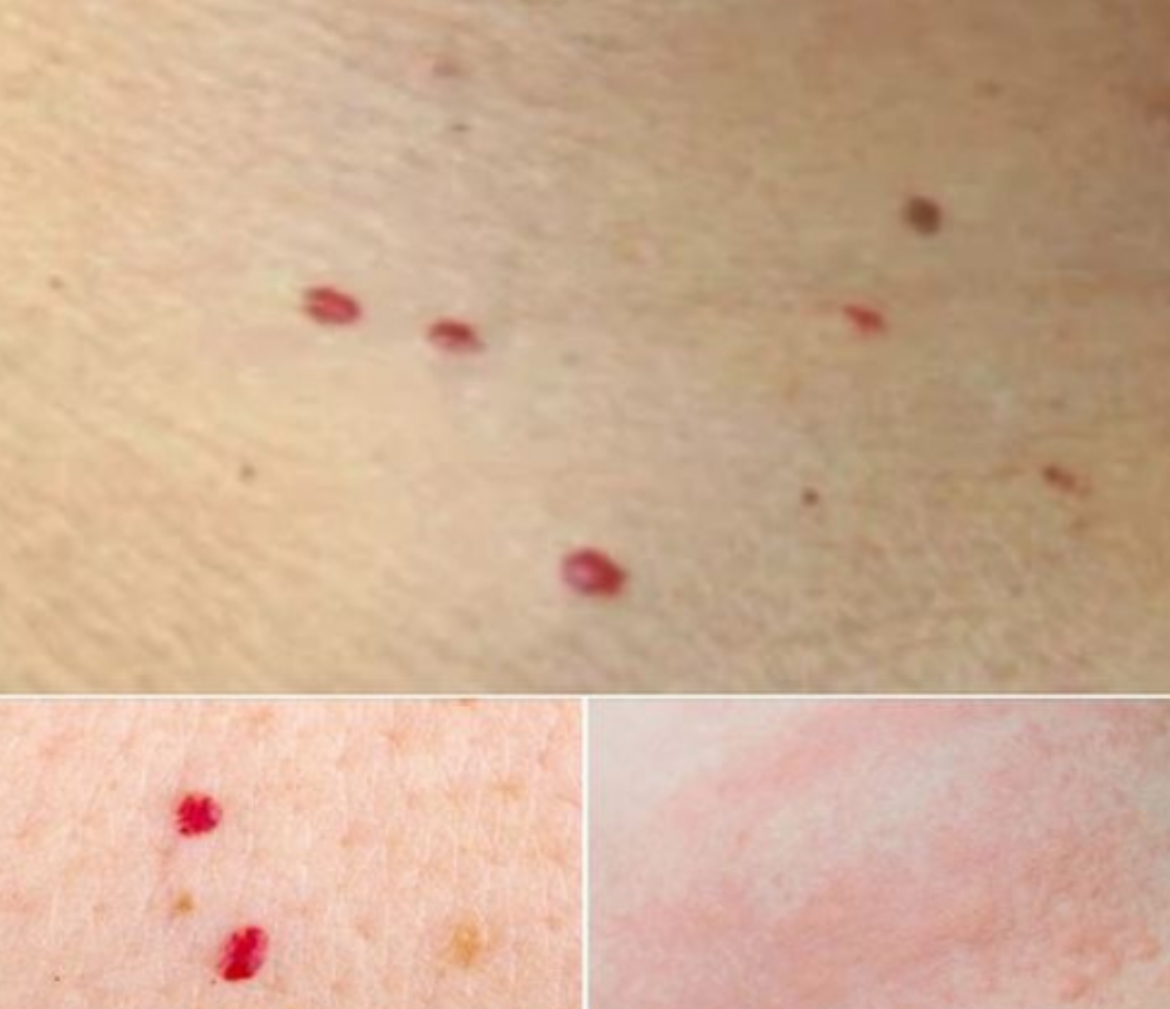5. Vascular Conditions
Conditions that affect the blood vessels or blood flow can result in the formation of red spots. For example:
• Hemangiomas: These are non-cancerous tumors made up of blood vessels, often appearing as red or purple raised spots on the skin.
6. Autoimmune Conditions
Autoimmune disorders, such as lupus or vasculitis, can cause inflammation of the blood vessels and result in the appearance of red spots. Vasculitis specifically causes blood vessel inflammation, which can lead to petechiae or purpura (larger purple spots).
7. Trauma or Injury
Physical trauma, such as bruising, an impact injury, or even vigorous scratching, can cause blood vessels beneath the skin to break, creating red dots or small spots. These are often called “blood spots” or “purpura” and typically fade over time.
8. Vitamin Deficiencies
Deficiencies in certain vitamins, especially vitamin C (scurvy) or vitamin K, can make blood vessels more fragile, leading to the development of red spots. Vitamin C is necessary for collagen production, and a lack of it weakens blood vessels, making them more prone to breakage.
9. Leukemia and Other Blood Disorders
In rare cases, the appearance of red dots on the skin can be a sign of a blood disorder such as leukemia. Leukemia is a type of cancer that affects the blood and bone marrow. It can cause a decrease in platelet production, leading to increased bleeding and the development of petechiae. If red spots are accompanied by other symptoms like fatigue, fever, unexplained weight loss, or easy bruising, it’s essential to seek medical attention immediately.
Continue reading…
